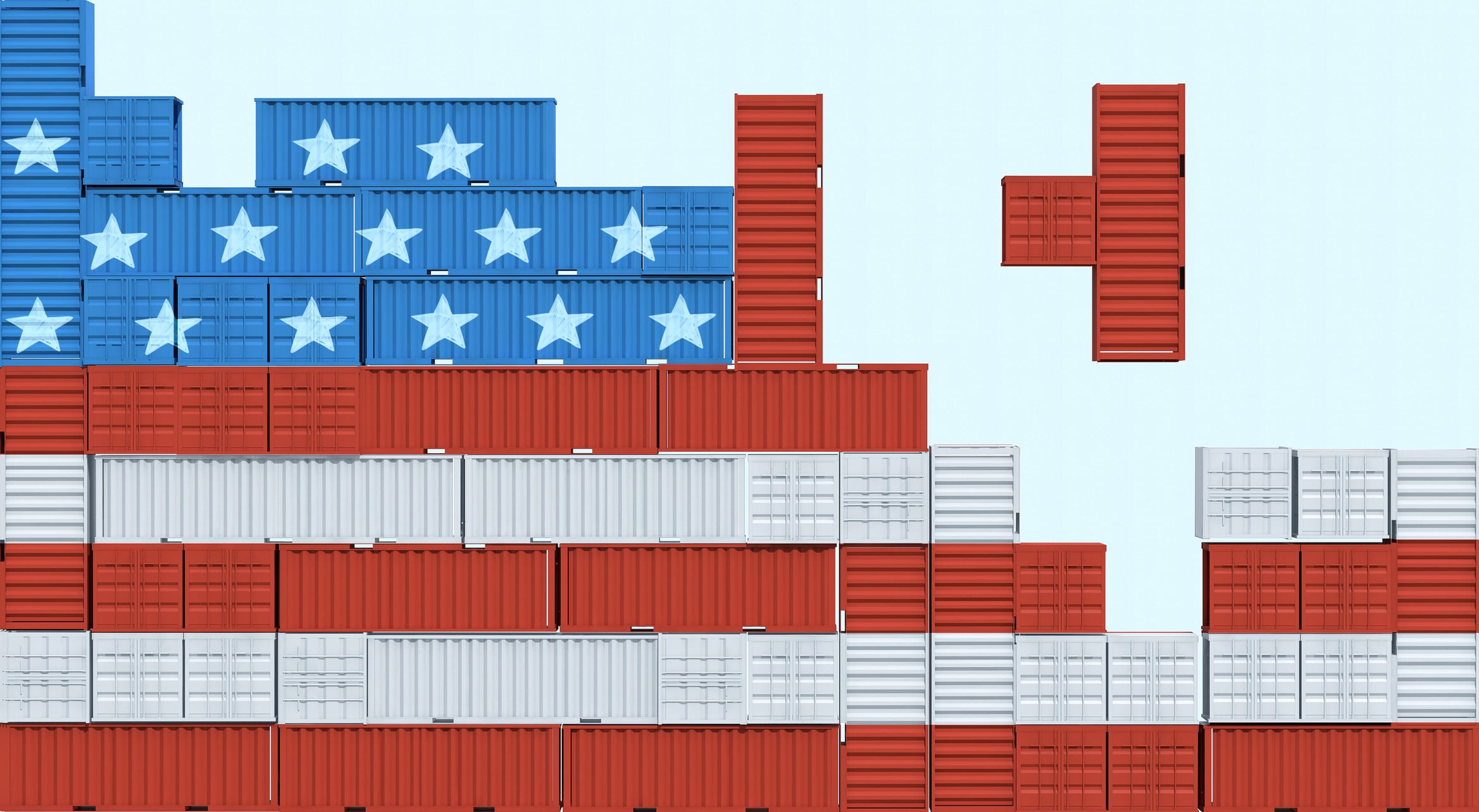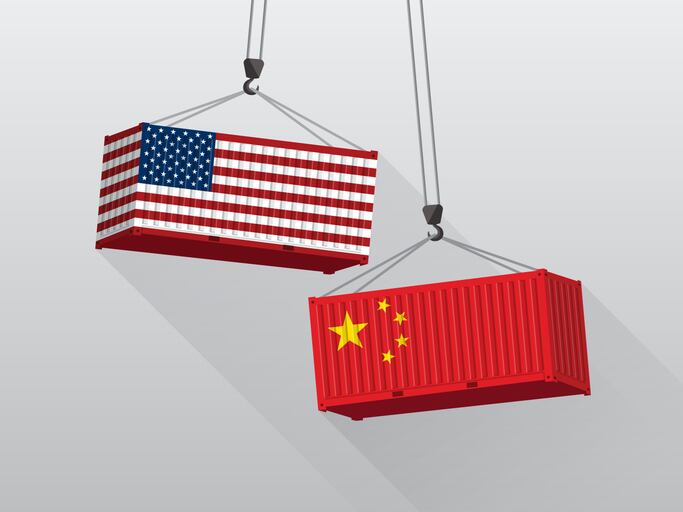The United States’ recent announcement of at least 10% tariff hikes on all its trade partners saw mostly negative reactions from markets all over the world, and retaliatory measures announced by major economies such as China and Canada.
Some of the markets most heavily impacted by the US’ move were China with a 54% total hike which was later raised to 145%, Vietnam (46%) and Cambodia (49%).
By comparison, Singapore has gotten a relatively better end of the stick compared to most of its other ASEAN counterparts with ‘only’ the 10% blanket hike – and reactions from the local food and beverage to this have been mixed so far.
“Although one can say that Singapore as been one of the least affected markets, this blanket tariff hike has really changed the ball game for food trade as a whole for many countries, so we are definitely still affected,” Leong Guan Foods Head of Strategy Kevin Lim told FoodNavigator-Asia.
“As a whole the world is still calibrating to handle this announcement, and really we don’t know yet whether these tariffs are really here to stay for good or it is a negotiation tactic of going to an extreme in order to meet at a lower level as a compromise.
“It certainly looks alarming, there is no doubt about that, but we can’t draw any conclusions right now, whereas trade and business still needs to continue.”
Singapore Prime Minister Lawrence Wong has also issued a statement highlighting concerns about this strategy despite the apparent ‘minimum impact’ for Singapore.
“What the US is doing now is not reform. It is rejecting the very [free market economic] system it created,” he said.
“According to the administration, the sweeping tariffs are needed to fix America’s trade imbalances - but there is nothing inherently wrong about running a trade deficit. It simply means that American consumers are buying more from the world, than the world is buying from America.
“In Singapore’s case, we have an FTA with America, impose zero tariffs on US imports, and actually run a trade deficit with the US – meaning we buy more from them than they do from us, so if the tariffs were truly reciprocal, and were meant to target only those with trade surpluses, then the tariff for Singapore should be zero.
“But still we are being subjected to the 10% tariff. We are very disappointed by the US move, especially considering the deep and longstanding friendship between our two countries.
“These measures will accelerate the fracturing of the global economy [and] our deeper worry is not the direct impact that businesses face, but the wider implications for the global trading system and the world economy [including] a rejection of WTO rules and a full-blown global trade war.”
The world appears to already be barrelling full-force towards the latter: After China retaliated by announcing its own tariff hikes on the US earlier this month, Trump responded by threatening further 50% hikes – to which China has announced that it is prepared to ‘fight to the end’, a precise indication of Prime Minister Wong’s concerns.
Silver lining for some
That said, not all firms in the city state see these tariff hikes as a completely negative thing for the food sector, such as instant ramen and condiment manufacturer Prima.
“These tariff hikes are actually a good thing for Singaporean food firms like Prima which are exporting to the United States and dealing with distributors there,” Prima Taste Division General Manager Danny Lee told us.
“These US distributors are now unable to increase imports from say China due to the large tariffs that would come with it, and we actually have some form of advantage with 10% compared to the other large numbers they are dealing with, so we can say they should be importing more of Singapore foods compared to others now.
“For us in the instant noodle category, we have always faced intense competition from markets like Malaysia and Thailand from a price perspective, but now even if these are something like 50% cheaper based on unit price, the tariff situation means that Singaporean instant noodles are now able to be competitively priced with these others in the US market.”





